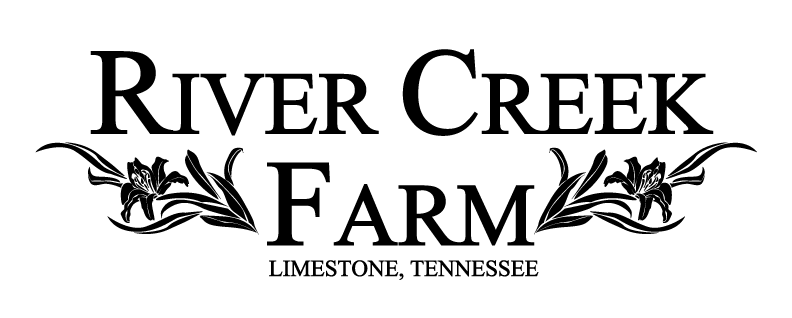Greens
/Let’s take a look at some questions from a CSA member who picked up their share this week. I encourage questions from members so we can all learn new things together. Our first “How Do I” post will focus on greens. They have been part of a few of the pickups lately.
Collard greens growing on our River Creek Farm
“I have collard greens in this week’s basket. How do I store those to keep from throwing out unused greens?”
Blanch and freeze.
Blanche? What does Rue McClanahan have to do with collard greens? Did they eat a lot of greens on the Golden Girls show?? I thought it was cheesecake.
No, my friend, I said BLANCH. It means to boil briefly to stop enzyme action then quickly plunge into an ice bath to stop cooking process. This link leads to great directions for blanching: http://www.extension.umn.edu/food/food-safety/preserving/vegetables-herbs/blanching-vegetables/
Take care not to overcook the greens before freezing or they can become rubbery and bland. It only take 2 to 3 minutes of boiling. We are not cooking them in this step, only boiling enough to stop enzyme breakdown. Following blanching and draining, vacuum sealing is the absolute best way to package the greens for the freezer. Removing air can save your food from being “burnt” by the freezer over time. Your vegetable (or greens in this case) will survive for quite a while in the freezer. It is best to use the deep freezer for this as the temp is more stable. Properly blanched, drained, and packaged greens can last up for months when stored in the freezer.
“How do I vacuum seal without a vacuum contraption?”
Place drained greens inside a zipper Locking freezer bag and seal bag leaving room to insert a drinking straw into the “zipper” seal. Once the bag is closed around the straw, suck the air out. Clamping the straw flat and removing it as you finish sealing the bag is tricky, but absolutely possible. Don’t give up. This is a very effective way to vacuum seal without a dedicated machine. Squeezing and rolling the bag will remove air, but bruise your greens. Though not a completely necessary purchase, I have a food vacuum sealer that has been a great addition to my kitchen tools. I use it often to reseal cereal and chip bags as well as my grocery shopping days to prep things to freeze. This link shows the one I purchased for my personal use: http://ziplocvacuumsealer.com/product-info/vacuum-sealers/v100-series/
“How do I use frozen greens in recipes?”
Frozen greens are best in soups and smoothies since they will have lost some of their rigidity in the freezer. At my house, we boil our fresh greens and drain them before sautéing them with bacon and seasoning. I can use frozen greens easily in this way. I simply drop the frozen greens into a pot of water and boil until they reach our desired texture. You can also add them to soups and even smoothies!
It is time to plan for tonight’s dinner and I am heading back to the kitchen with a song stuck in my head. “Thank you for being a friend…”
-Kitty
**Necessary disclaimer: The above blog post is written with the sincerest interest in food preservation and with regard for food safety. Neither I nor this website, however, can promise the safety of food handling once it has left our site with the member. Due to a number of factors, such as power failure of your fridge/freezer, inadequate handling, faulty storage and so on, food can spoil. As always, use your best judgement while preparing stored food for your household’s consumption.





